Sebastien Roblin
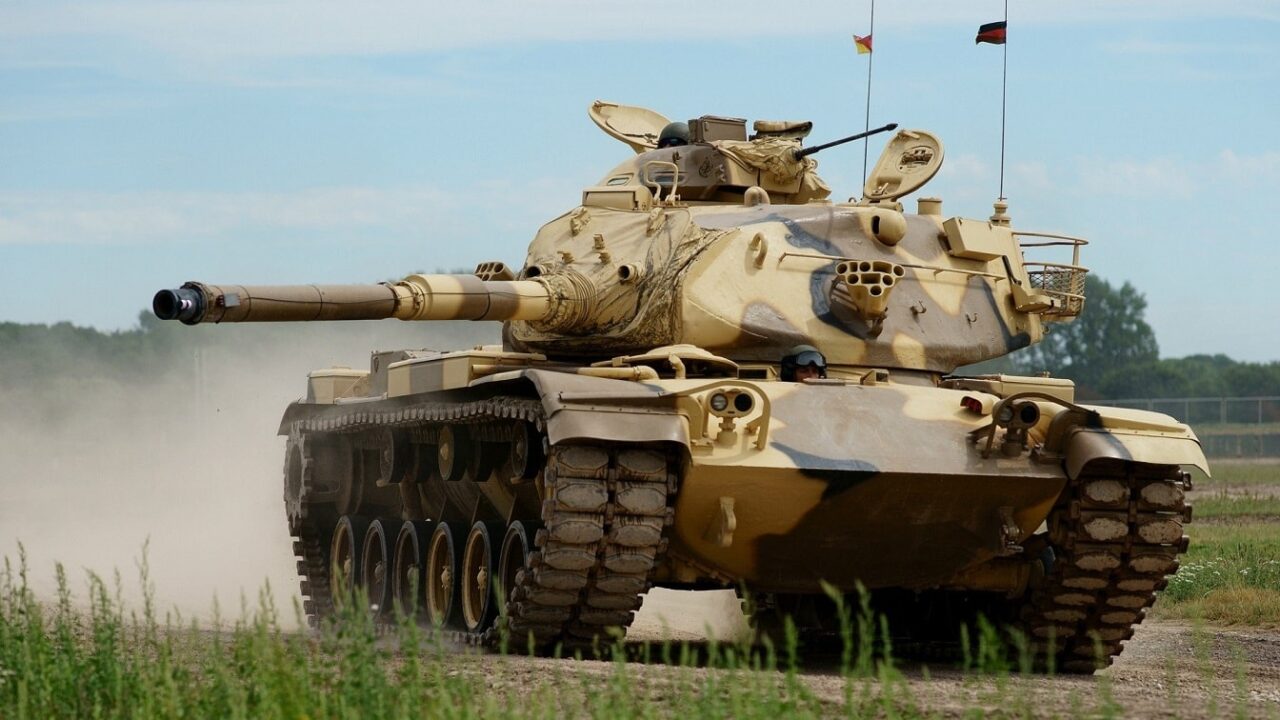
On Feb. 3, German media reported that Berlin has approved the transfer of retired Leopard 1A5 tanks, starting with an initial package of 29 refurbished vehicles. A mid-Cold War predecessor to the much better-armored, 60-to-70-ton Leopard 2 tanks Germany recently authorized for donation to Ukraine, the 40-to-45-ton Leopard 1 is more agile and can hit targets with its 105-millimeter gun while on the move.
While Kyiv is obviously excited to receive advanced Leopard 2 and M1 Abrams tanks that overmatch Russian armor, it also simply needs more tanks — any tanks — to generate mass across the frontline. That is why it might be interested in older tanks that are sitting in storage and can be bought cheaply, especially as it is unclear whether the Leopard 2 donations can account for the hundreds of tanks Kyiv says it needs.
If the U.S. and Germany are donating retired HAWK missiles and Gepard anti-aircraft vehicles, some wonder why the West should not send other old warhorses — tanks like America’s M60 Pattons, France’s AMX-30s, or Romanian TR-85s? Let’s look at some potential sources of vintage tanks.
Leopard 1A5
The Leopard 1 originated from a joint French-German tank development program in the 1950s and 1960s. At that time, anti-tank munitions seemed to be outpacing the viability of tank armor, so the concept relied on relatively minimal armor, focusing instead on mobility and firepower. As happened with many Franco-German arms projects, disagreements — in this case over which gun to install — terminated the cooperation, leading both to produce distinct but conceptually similar vehicles.
The Leopard 1’s armor doesn’t exceed 70 mm, less than what is found on the turret of a World War II-era Sherman tank. But its stabilized 105 mm L7A3 gun is accurate on the move. When using modern kinetic sabot, it still threatens many Russian tanks, though likely not the latest T-90M and T-80BVM. The Leopard 1 can also be refitted with its successor’s more powerful 120mm gun.
German companies Rheinmetall and FFG reported holding 88 and 99 Leopard 1A5s respectively in storage that they were hoping to sell to Ukraine. The 1A5 model benefits from using an EMES-18 fire control system, which it shares in common with the Leopard 2A6s that Germany is giving to Ukraine. EMES-18 incorporates an ATTICA thermal imager for night combat, and it can engage targets up to 2.5 miles away.
Ukrainian maintainers already have some experience with this vehicle, as they’re operating 30 Gepard anti-aircraft Flakpanzers and 15 Bergepanzer 2 armored recovery vehicles that are based on the Leopard 1’s hull. This Leopard 1-based fleet will be expanded with 16 Biber bridgelayers and five Dachs armored engineering vehicles.
Belgium is also looking into buying back some of 50 retired Leopard 1A5BEs from the company OIP Land Systems. (Brussels retired its last 132 Leopard 1A5BEs in 2014.) This model has non-standard sights and fire control systems, which are capable of detection out to 5 miles and identification at just 1.2 miles; Honeywell gun stabilizers; an ELCAN rangefinder; and additional protective side-skirt armor.
However, Belgium’s defense minister claims that OIP wants 500,000 euros to buy back tanks that Belgium sold for less than one-tenth that price and that have not been refurbished — OIP claims the high, quoted figures include necessary refurbishment. OIP also holds 38 Gepard flak tanks and 112 Austrian Sk-105 light tanks, but it has been forbidden by Vienna from exporting the latter.
If Brussels does buy back the Leopard 1s, it reportedly might be more expedient to swap in a new Cockerill 3105 gun turret entirely rather than upgrade the original one. This light-weight aluminum turret, test-installed in 2022, weighs 3.5 tons less and combines a stabilized, autoloading 105 mm gun and 7.62 mm machine gun, with stabilized thermal sights for both gunner and commander and digital controls supporting hunter-killer engagement methods.
Two NATO members still operate numerous Leopard 1s: Greece has 520 Leopard 1A5GRs and Leopard 1A4GRs, while Turkey has 397 Leopard 1A1s and 1A3s. Former Leopard 1 operators include Australia (71), Canada (66), Denmark (230), Italy (920), the Netherlands (468), and Norway (172). Perhaps some of these are recuperable, though mothballed vehicles would likely require significant refurbishing to be made combat-ready.
The 40-ton AMX-30B was France’s take on the Leopard 1 concept. It has a higher velocity CN105 F1 gun and a max of 80 mm of armor. French AMX-30B2s specially outfitted with Castor thermal sights and missile jammers successfully battled Iraqi forces alongside U.S. paratroopers during the 1991 Gulf War.
Large numbers of AMX-30s were retired by France (1,100), Greece (190), and Spain (299). Some of these tanks may be fit for reactivation. Outside NATO, Bosnia, Chile, Croatia, and Saudi Arabia have AMX-30s in storage. If restored to service, these could be paired with AuF1 self-propelled howitzers, which France is phasing out of service; AMX-30R air defense vehicles with short-range Roland missiles; and AMX-30 DCA anti-aircraft gun vehicles — all of these are based on the AMX-30’s hull.
M60 Patton for Ukraine?
The M60 is the ultimate evolution of a family of tanks that began with the M26 Pershing late in World War II and was followed by the M46/M47/M48 Patton. The M60’s designers didn’t think heavy armor was passe, so this American tank, weighing as much as 55 tons, boasts an equivalent of 258 mm of armor. This is still inadequate to prevent penetration by modern light anti-tank weapons, though some M60s have been fitted with explosive-reactive armor tiles to mitigate that vulnerability. The tank’s M68 gun is a U.S. variant of the Leopard’s L7.
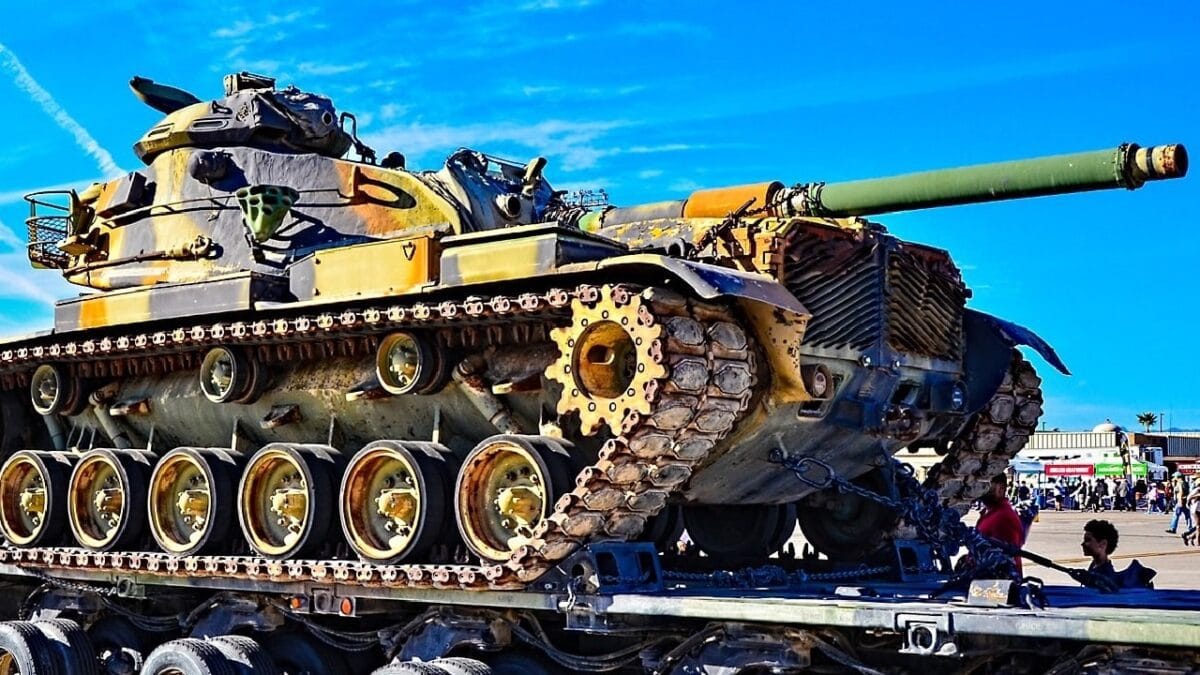
M60 Tank. Image Credit: Creative Commons.
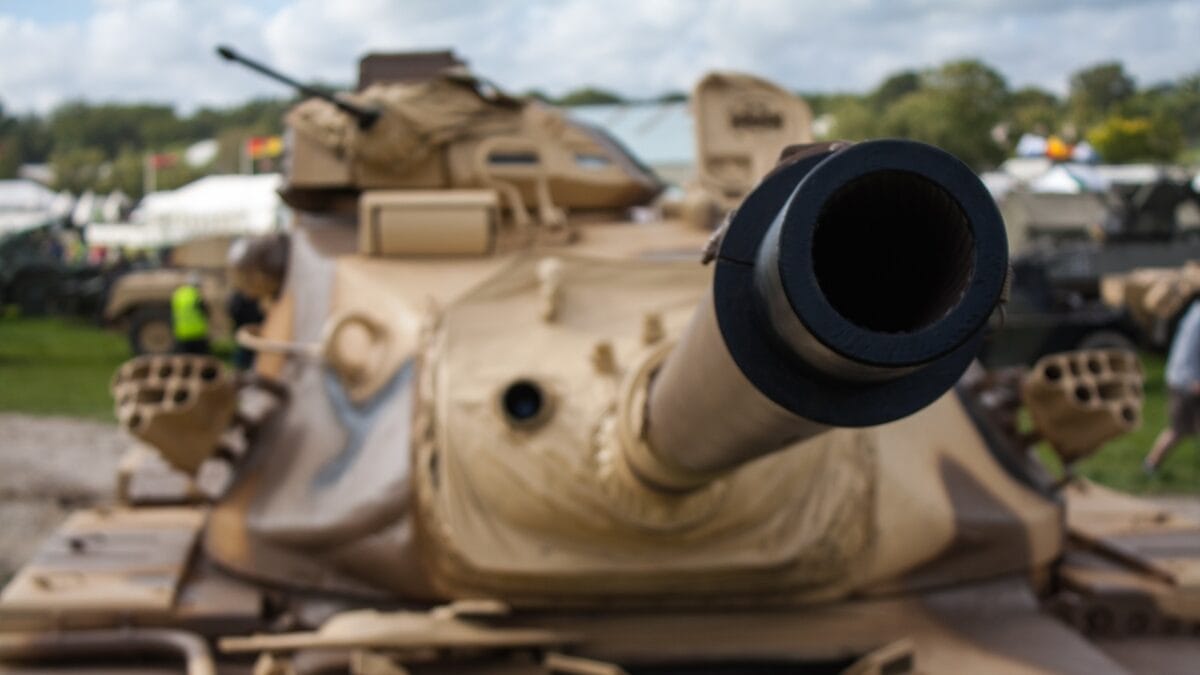
M60 Tank.

M60 Tank. Image Credit: Creative Commons.
While the U.S. doesn’t retain many M60s beyond those used for museum displays, target practice, and submerged artificial reefs, thousands remain in service abroad, including in Egypt (2,300, half in storage); Saudi Arabia (1,300); Turkey (more than 1,500, including upgraded M60Ts); and Morocco (535). Furthermore, countries that retired large M60 fleets in the last decade include Greece (669), Italy (300), Portugal (96), and Spain (400).
The most common variants are the M60A1 used by the U.S. Marine Corps and the M60A3 used by the Army, both of which come in subvariants with passive thermal sights. There are also several service-life extension packages that install the powerful 120 mm gun used by Abrams tanks, as well as modern sights and fire control systems. While battling around Kuwait’s international airport during the 1991 Gulf War, Marine Corps M60A1s knocked out 100 Iraqi tanks, including T-72s. However, more recently Turkish M60s suffered heavy losses to anti-tank missiles in battles against ISIS and PKK fighters.
The M60’s hull is also used in the M728 combat engineering vehicle, the M88 armored recovery vehicle, and the M60 AVLB bridge-layer. Ukraine is already receiving M88s to support its fleet of Bradley fighting vehicles.
TR-85 for Ukraine?
Romania has avoided major arms transfers to neighboring Ukraine, save for a transfer of 28 T-72 tanks, only five of which were in operational condition. Still, Bucharest has played a major role taking in Ukrainian refugees and providing humanitarian aid.
But Romania plans to retire its fleet of 249 TR-85 and 54 TR-85M1 tanks, replacing them with Leopards 2s or Abrams. That could create an opening to donate its indigenous TR-85s, which combine the lengthened hull of a 1950s-era Soviet T-55 tank with a new turret and an 800-horsepower powerpack reverse-engineered from the Leopard 1. However, unlike the Leopard 1, its 100 mm-caliber gun is unlikely to penetrate Russian frontal tank armor.
The modernized TR-85M1 Bizonul model is upgraded to NATO standards, with a Cyclops-M fire control system, passive thermal sights, and electrical gun stabilization to achieve decent accuracy. For protection, it also sports a laser-warning receiver; smoke grenade launchers; mine protection modifications; an automated fire suppression system; and spaced add-on armor that enables its sloped turret armor to rate a respectable 580-mm RHA equivalent.
Modernized T-62s or T-55s?
Ukraine is likely to scrounge some additional T-72 tanks in 2023 — but would it go bargain-hunting for that tank’s obsolete predecessors? Photos show Ukraine had already captured more than 40 Russian T-62Ms and MVs by January 2023. These vehicles are armed with manually loaded 115 mm smoothbore guns, some of which are now in Ukrainian service. Perhaps Kyiv could purchase additional T-62s from Egypt, which reportedly has 500 of them — 300 in storage.
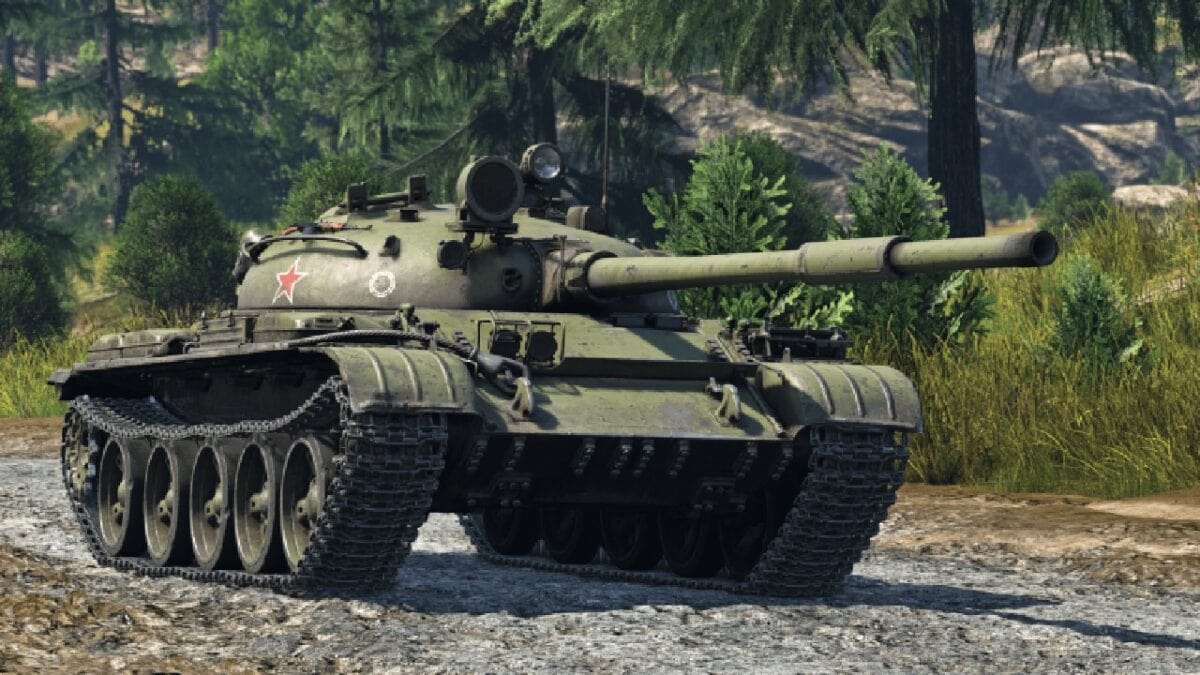
T-62 Tank. Image Credit: Creative Commons.
Ukraine also is inducting 28 Slovakian M-55S tanks. These are ancient Soviet T-55s refitted with the capable L7 gun and modern fire control systems. It could look for more modernized T-55s in Romania, which retains 108 active T-55AM2s. This upgraded Czech model is fitted with Kladivo fire control systems, laser rangefinders, and crosswind masts to improve accuracy, as well as add-on steel BDD armor, new smoke grenade launchers, and an uprated 620-horsepower engine.
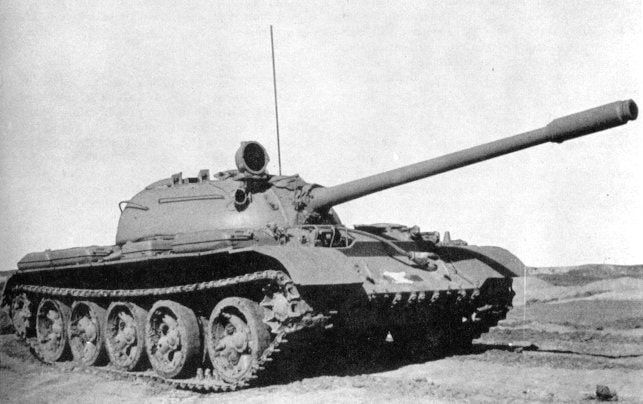
Vintage Tanks: Pros and Cons
Older Western tanks would not outmatch Russia’s standard T-72B tanks in armor and firepower. They would be vulnerable even to the light anti-tank weapons being used in Ukraine. The more modern ones could at best lean on their passive thermal sights and advanced fire control systems to carry out accurate hit-and-run attacks at range — preferably while screened by infantry.
Defense analyst Craig Hooper argues such vehicles could be considered useful as defensive tanks — they can carry out ambushes and short-distance counterattacks more effectively than assault and breakthrough operations.
Infantry support remains a useful role for tanks, if less glorified than maneuver operations. Ukraine’s light motorized brigades often have only a single tank company for support. In the case of Territorial Defense Forces and many National Guard brigades, there are no tanks attached at all. So-called infantry tanks might require a slighter logistical tail than those massed in maneuver-oriented tank battalions.
But critics might argue that introducing and sustaining even more types of armored vehicles into Ukraine’s forces is impractical. Ukraine’s military already operates a diverse hodgepodge of armored personnel carriers and artillery given by Western donors. This is a logistician’s nightmare: Every new vehicle type requires repair depots and supply links for spare parts and overhauls, as well as the formation of new training cadres to churn out qualified crew and maintainers.
Considering some generals argue it’s inefficient to send more than one type of modern Western tank to Ukraine, presumably they would argue against incorporating outdated ones. It is one thing to acquire outdated arms when alternatives are unavailable. It is quite another matter to send men to battle in vulnerable Pattons and T-62s when Abrams and Leopard 2s are trickling in.
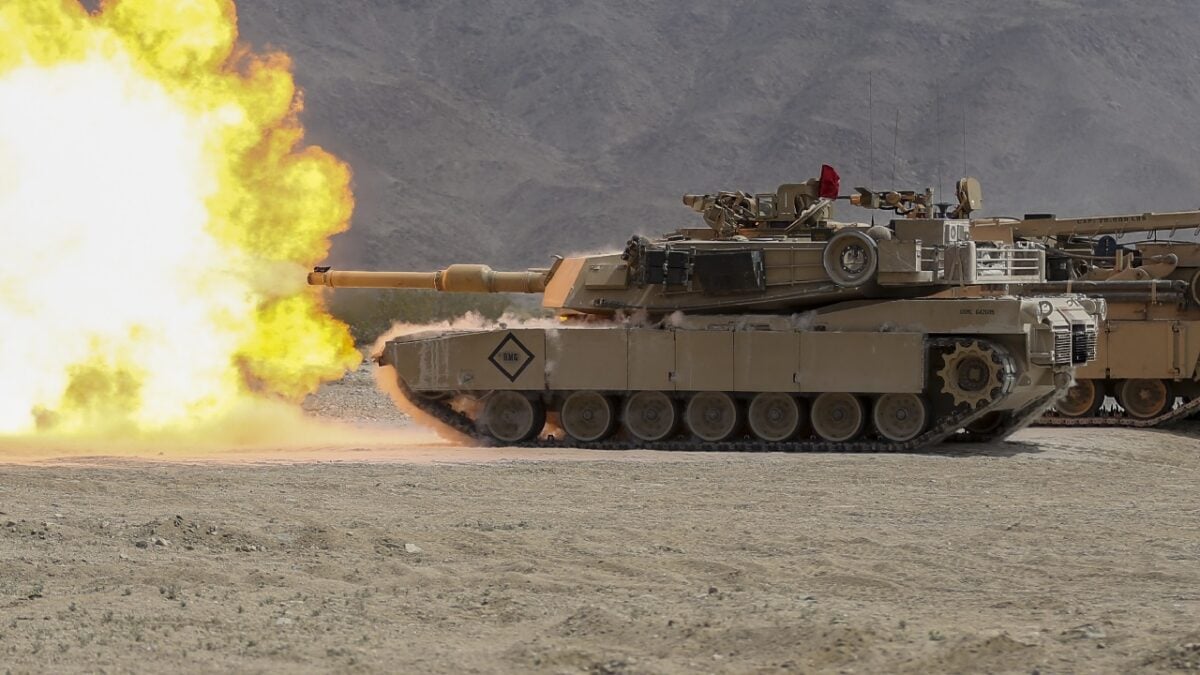
An M1 Abrams Tank fires off a round as a demonstration during 1st Tank Battalion’s Jane Wayne Spouse Appreciation Day aboard the Marine Corps Air Ground Combat Center, Twentynine Palms, Calif., April 3, 2018. The purpose of the event is to build resiliency in spiritual well being, the will to fight and a strong home life for the 1st Tanks Marines and their families. (U.S. Marine Corps photo by Lance Cpl. Rachel K. Porter)
These older vehicles will also usually require refurbishing to be useful — modernizations could cost $1 million or more per vehicle. That reduces their cost appeal, although it is worth remembering that brand-new Western tanks cost $8 million or more.
While delivering obsolete tanks must not subtract from the transfers of modern ones, Ukraine does require quantity as well as quality to win, particularly as Russia leans on mass mobilization and the reactivation of outdated armored vehicles to expand its initially undersized forces. That’s why Ukraine will likely accept the aging Leopard 1s, and it may yet consider other options.
No comments:
Post a Comment